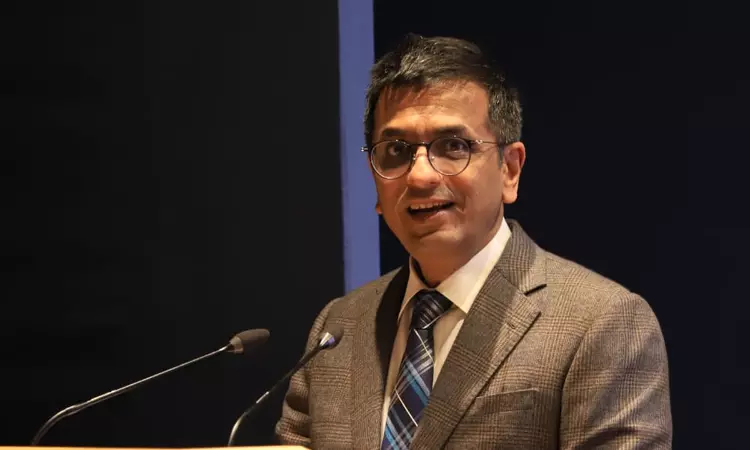Use Of AI In Court Adjudication Presents Both Opportunities & Challenges : CJI DY Chandrachud
Anmol Kaur Bawa
13 April 2024 6:24 PM IST

Next Story
13 April 2024 6:24 PM IST
Chief Justice of India, Dr DY Chandrachud in his welcome address at the Indo-Singapore Judicial Conference spotlighted the intervention of Artificial Intelligence (AI) in the realm of legal practice and judicial decision-making. Stressing the need to embrace the technological developments and the onset of AI in the legal domain, the CJI also cautioned against 'high-risk' AI tools which may...
